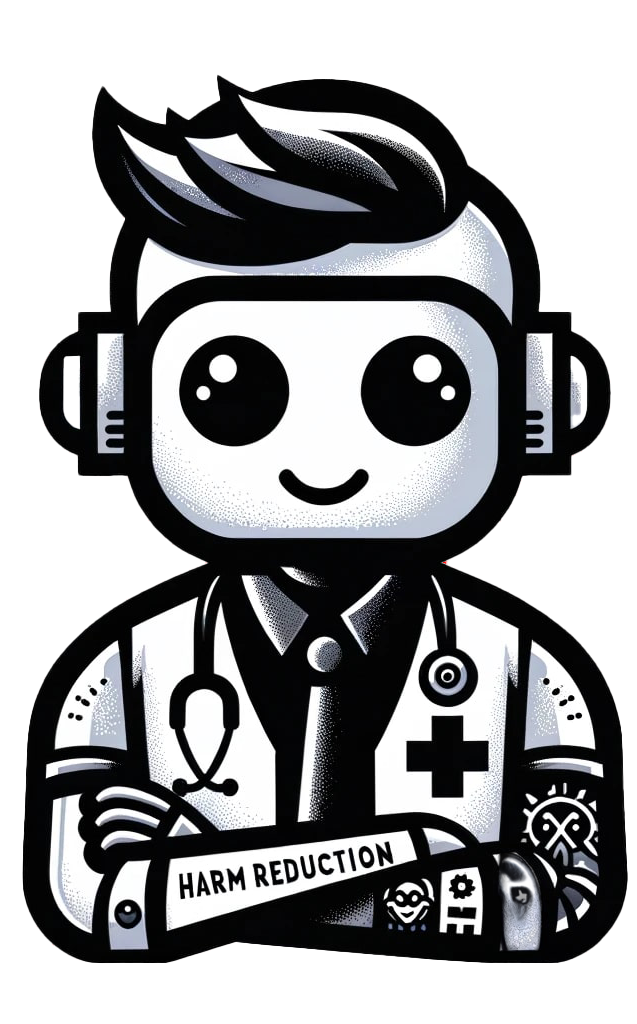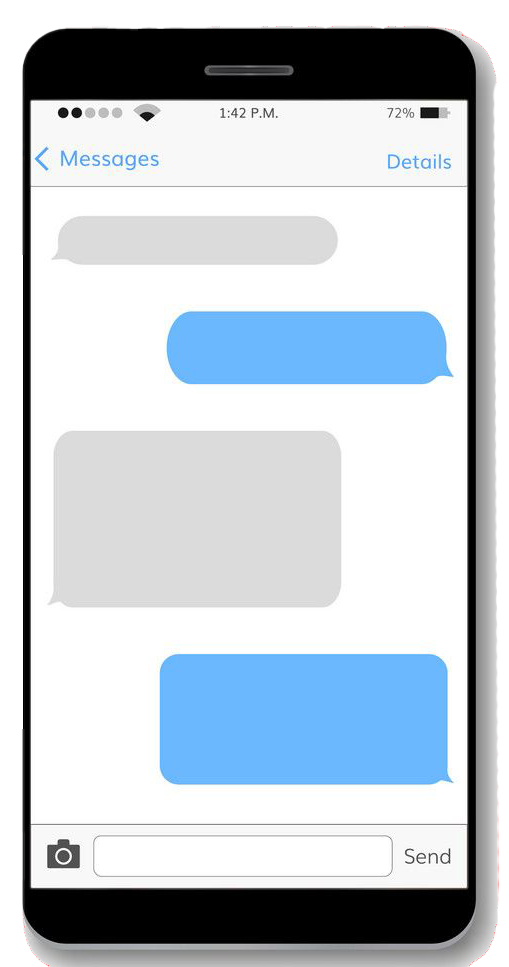Harm Reduction Chatbot


If people don't have internet then they can't access internet-based resources. Educating individuals about harm reduction services empowers them to make decisions that reduce their risk. Many great online resources exist, describing the different harm reduction services in Boston. But people who are unsheltered or poor may not have data plans on their phones, limiting their ability to access the resources. Public WiFi has imperfect coverage.
This SMS-based chatbot allows anyone to learn about harm reduction resources in Boston, simply by texting a phone number! SMS texting has close to ubiguitous adoption. The interface makes it easy to navigate information about Syringe Services, Opioid Treatment, Emergency Shelter, and more. App users can find address information and a phone number to contact. The chatbot is free and the newest update connects people to hotlines!
This innovative approach autonomously distributes information without requiring staff time. The directory pulls from a public health resource map and therefore doesn't require additional labor cost to maintain. The chatbot updates when the map updates! The bot only costs the City between $.0079 and $.02 per text it receives and sends, so most utilizations will cost less than a dollar. Efficient public health!
The drug supply can undergo unexpected changes, putting people who use drugs at risk. Boston has seen indications of stimulants contaminated with opioids. The harmful tranquilizer xylazine is sold in opioids, increasing risk of overdose. BPHC has integrated an emergency alert system into the harm reduction chatbot to notify participants about emergent risks in the Boston drug supply. Individuals sign up via SMS and the chatbot. Administrators sign in to their gated dashboard here, sending out text blasts.
BPHC is committed to furthering racial justice and health equity. The chatbot collects race/ethnicity, gender, and age demographics to evaluate its reach and utilization. Additionally, the app tracks performance metrics like the number of users, sessions, and total texts exchanged. It tracks what programs people are interested in, to inform City planning and policy.
Perceived stigma is a barrier to people seeking out services. The chatbot applies the SHA-2 hashing function to anonymize phone numbers it interacts with, so app users can feel comfortable about exploring harm reduction services. All activity on the app is anonymized. The emergency alerts system requires recording the subcriber's phone number, but it's opt-in.